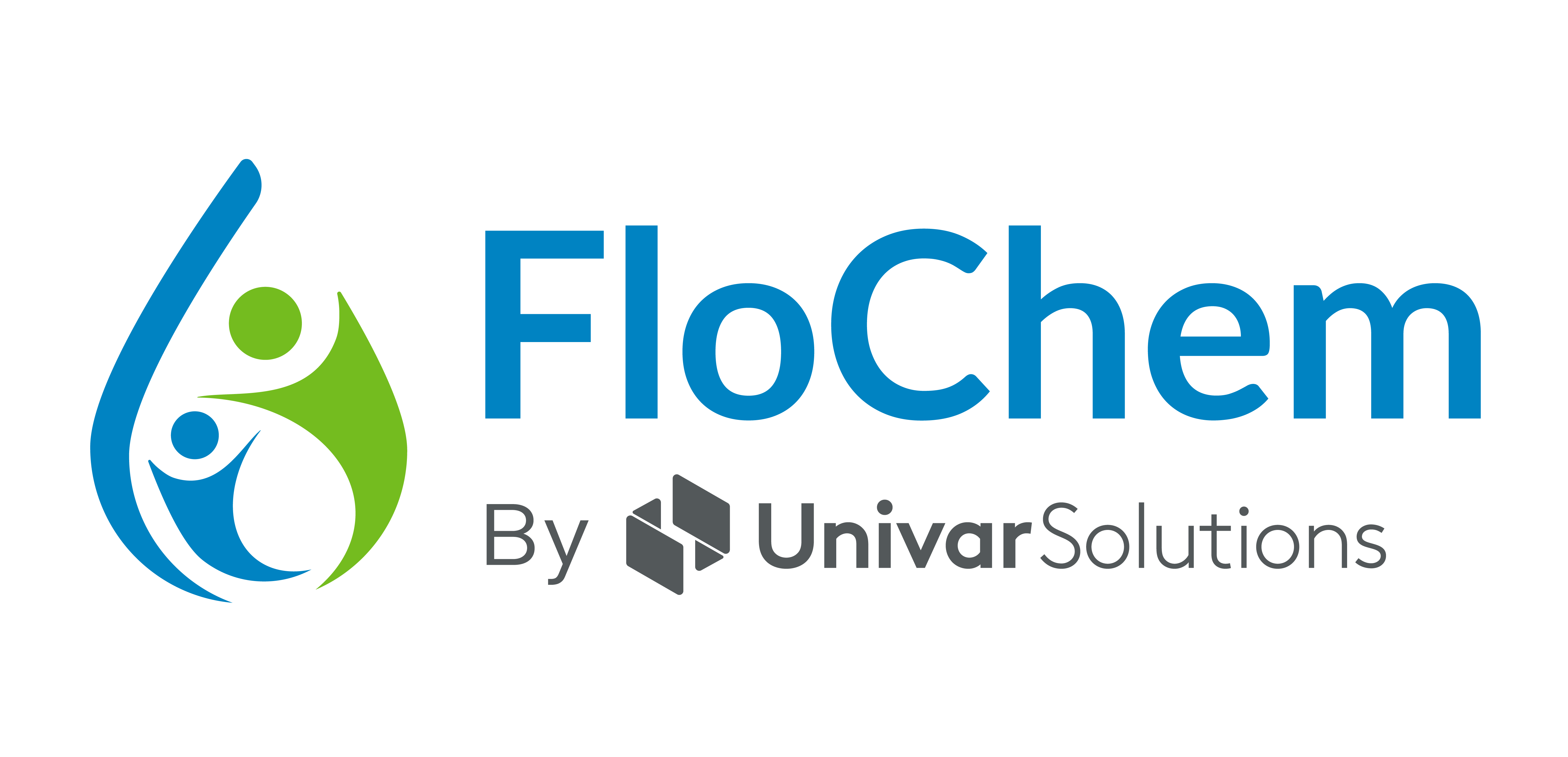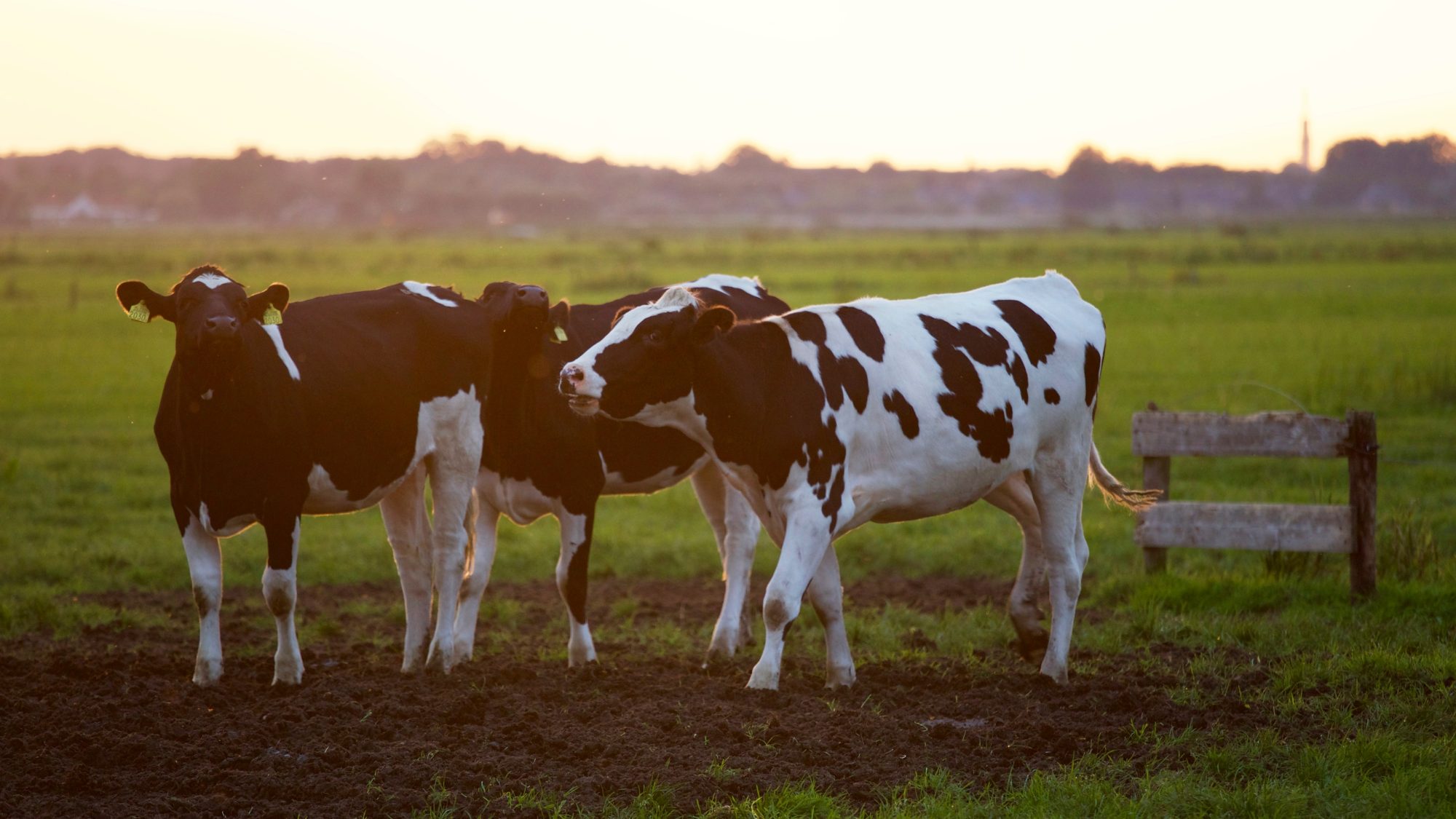
Treating digital dermatitis with tetracycline has long been a standard approach, but now is the time to seek alternative methods of treatment, starting with proper identification and prevention.
The new regulations on tetracycline that took effect on Dec. 1, 2018, may have an effect on dairy farmers’ approach to treating digital dermatitis on their farm.
Historically, tetracycline was a fairly inexpensive option for treating digital dermatitis, and it was readily available from local feed stores and vendors. Although this new regulation does not limit a farm from accessing or using tetracycline, it is now being tracked through prescriptions and can only be dispensed by a veterinarian.
Furthermore, now that this antibiotic is only available through veterinary prescription and dispensary, there have been comments made on the cost going up.
Alternative options to treat digital dermatitis are available without prescriptions, and some of these products are known to work better than others.
In some cases, when tetracycline is required, it can be used with a prescription; however, it does not have to be the first resort to deal with digital dermatitis.
Aside from using topical treatments or tetracycline for hairy warts, there are management strategies dairy farmers can use to improve overall hoof health.
Find and identify digital dermatitis
One advantage of our current knowledge and understanding of digital dermatitis is: We can identify the stage and severity of the lesions, which can help determine the best options and treatment plan to address each individual hoof as well as the overall hoof health of a herd.
A study looked at methods to assess and score these lesions and suggests that depending on the scoring method used and inspection area or hoof care set-up (i.e., milking parlour, pen or hoof-trimming chute), the detection of lesions varies.
Therefore, it is important to have a good hoof care area set-up and implement a standard for this evaluation to properly assess the severity and percentage of digital dermatitis lesions in a herd in order to implement a treatment plan or management strategy.
The results, of this study in particular, imply that to effectively assess digital dermatitis in a herd, it is best to do two things: evaluate and regularly document hoof issues, and keep a recorded log of treated hooves. It’s recommended to use the M-stage scoring system, which is considered the gold standard method of hoof scoring.
Furthermore, the results of this study suggest many cases go unnoticed, depending on the inspection method and techniques used to evaluate hooves.
Inspections performed in milking parlours or pens observed only 22 percent of cows with lesions compared to inspection performed in a hoof trimming chute, where 44 percent of the same cows had lesions, which became apparent with closer observation.
Research suggests that to fully determine a herd’s percentage of lesions and severity of digital dermatitis, it is recommended to invest the necessary time into scoring by using a chute, washing hooves before scoring, using more sophisticated equipment when scoring and having an experienced person do the scoring (using the M-stage scoring system). This is an important step to complete before beginning a treatment plan.
Get ‘FIT’
Once the herd has been evaluated, set a footbath protocol in place and stick to it. “Fit” is an acronym for working out, short for “fitness” and, just like fitness, a footbath needs to be consistent to see results.
When it comes to a footbath protocol, FIT stands for frequency, intensity and time.
 Frequency is how many times per week you need to run your footbath, based on intensity.
Frequency is how many times per week you need to run your footbath, based on intensity.- Intensity is the dosage and concentration. Most footbath products will have instructions or recommended usage on the label, which should be followed accordingly. A low concentration may not be effective, and a concentration too high may aggravate the issue or simply waste product, also leading to more waste disposal via manure. Scoring and evaluating a herd should help with setting this protocol.
- Time is synonymous with how many steps the cow takes through the footbath and contact time of the footbath product to work. Today, modern footbaths are designed to be narrower and longer to ensure at least two-and-a-half steps through the footbath by a single cow to extend contact time. There are footbath contents developed to last longer on hooves as well as to extend contact time for better efficacy against bacteria.
Managing for healthy hooves
- Trimming: Most dairy farmers have every cow in the herd hoof trimmed two to three times per year. Usually, once before drying off is standard.
Depending on herd size, a hoof trimmer may work on a single farm full time or visit once or twice a year. On some farms, the farmer relies on a helping hand or does all of the hoof trimming themselves.At some point, there is always a “problem cow” to address in between hoof trimming. If trimming is done in-house, consider enrolling in a local trimming course for training.Beyond digital dermatitis, there are several hoof diseases that need to be appropriately addressed; however, with any disease the key is to address the issue as quickly as possible before it worsens.
Several studies have linked good hoof health to regular hoof trimming to prevent and treat issues, such as digital dermatitis. Although hoof trimmers have different trimming styles and dairy farmers vary in their management strategies, having a routine hoof-trimming protocol suitable to your operation is critical to maintain healthy hooves.
- Biosecurity: Another management strategy that can help prevent digital dermatitis is enhanced biosecurity protocols. A study examined the association of several internal and external biosecurity practices that can be linked to increased rates of the disease in dairy herds.Mainly, the results of the measured variables suggest digital dermatitis can be reduced with internal biosecurity practices such as running a footbath frequently (opposed to seldom or sporadically), increasing the frequency of manure scraping or removal, changing the direction of manure scraping from cows-to-heifers to heifers-to-cows, having water hoses available next to pen exits to clean boots and reducing manure in water trough areas.
Furthermore, increasing scraper frequency to eight or more times daily significantly reduced digital dermatitis, according to the research.
Another operational management strategy to help reduce digital dermatitis on a dairy farm is to follow biosecurity practices for visitors and new livestock entering a barn. A study also suggests the disease was higher in herds that have recently purchased new cattle from auction.
Furthermore, the increased visits to a farm and helping hands that worked on other farms had significantly higher amounts of digital dermatitis. Therefore, practices such as quarantining new cattle and having restricted areas for visitors entering the barn are recommended.
In September 2019, proAction will put new regulations in place to track farm visits and request dairy farms introduce biosecurity signs at the entrance of the barn, among other requirements that align with the suggested biosecurity practices stated above.
Therefore, this research does support and validate proAction’s reasoning to implement these requirements. Last, this study suggests having boots for visitors and employees (who work on multiple farms) is another way to prevent the spread of this contagious hoof disease. Visit Dairy Farmers proAction web site for more information.
With no cure or effective vaccination for digital dermatitis, utilizing these preventative measures and understanding the issues at hand are crucial to minimizing the costs associated with this issue.
References omitted but are available upon request.
Originally posted on Progressive Dairy Canada, June 2019: https://www.

